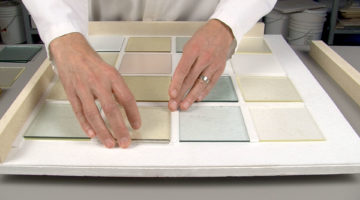
Gang Dam Tile L156
Transform your studio into a glass tile factory instantly! It’s easy and efficient.

Transform your studio into a glass tile factory instantly! It’s easy and efficient.
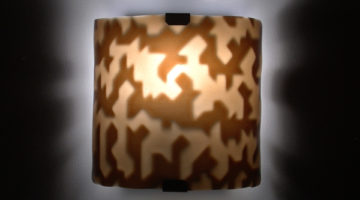
In this lesson we'll demonstrate how to design and fabricate your own lighting sconce.
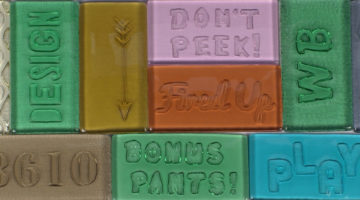
In this lesson, you'll learn about design, setup, and firing considerations for kilncarving billets, as well as some variations.
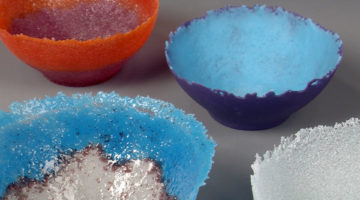
In this lesson, we'll demonstrate the basic techniques of pâte de verre by making a color-fade bowl.
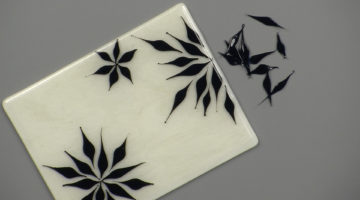
Here, we'll discuss how flameworking can be combined with kilnforming to achieve effects that range from representational to abstract.
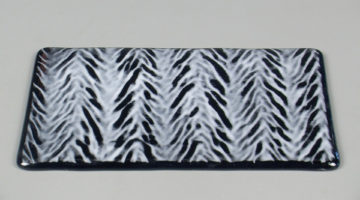
Line, shape, texture, form, and color. These Elements of Design are the basic components that make up an artwork.
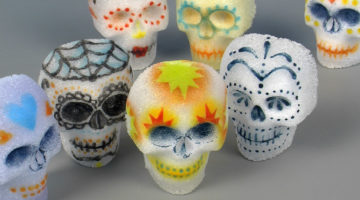
Pâte de Verre is a casting method that involves hand-packing layers of frit and powder in a refractory mold. For our Day of the Dead skull, we use granules of glass instead. Learn the process in this video.
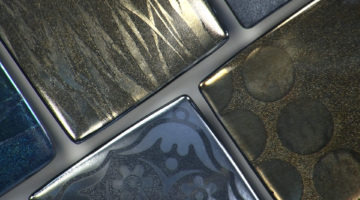
Clear powder with iridescent sheet glass can be a powerful design tool. Learn what you can achieve by firing clear powder in contact with iridescent coatings.
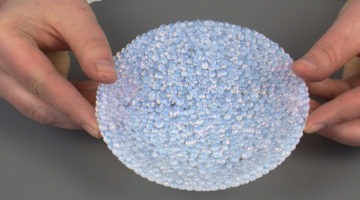
In this lesson, you'll learn how to make your own frit balls. We'll also discuss special firing considerations for different styles of glass, and ideas for using frit balls in a variety of kilnforming applications.
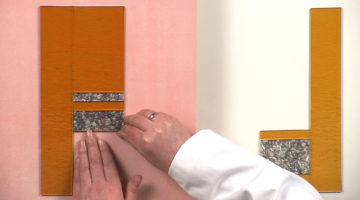
What should you expect when the part sheet is thicker than 3mm or if the surface is bumpy and irregular? Learn how to navigate these design choices in this lesson.
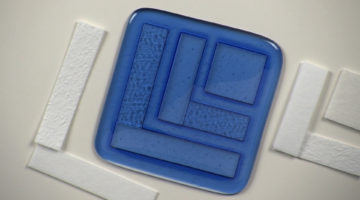
Learn how to create a kilncarved design using ceramic fiber paper, how to fire and finish a piece of work, and how glass behaves at the various temperatures used in this basic forming method.
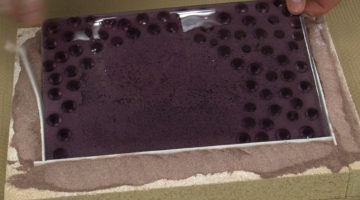
This lesson covers the range of textures one can achieve by firing on a sand bed, offering a unique and distinctive design vocabulary.